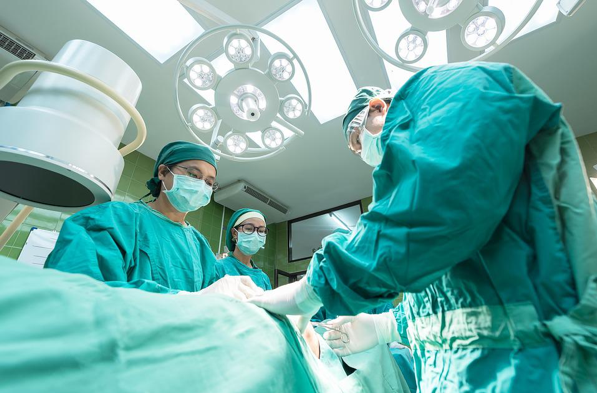What is minimally invasive surgery as it relates to vein treatment and removal? There were times when vein removal and other surgical practices required anesthesia for better efficacy and less pain. But in the last few decades, the nature of medicine has changed for the better significantly, and so have surgical practices. Things have also changed for vascular vein removal with the introduction of Minimally Invasive Vein Surgeries (MIVS).

(Sources)
The Role of Minimal Invasive Surgery in Vein Removal
Although vascular veins can heal on their own, surgery is a requirement in some cases. Vein removal through non invasive surgery doesn’t cause much pain and doesn’t require the use of anesthesia. The procedure takes significantly less time, and patients are discharged on the same day.
Sometimes there is some discomfort and pain after the procedure, but pain killers and other antibiotics can manage it effectively. Patients can usually resume normal physical activities after the procedure. Some experts and physicians recommend routine exercise as well.
The best thing about these surgical methods is that they are performed with the help of a small needle or microscopic methods that don’t require stitches.
Minimally Invasive Surgery Options
There are a few surgical and invasive treatment options to remove veins. Since many patients are reluctant to opt for surgery, doctors offer minimally invasive treatment methods. New innovations in imagery, such as advancements in ultrasound processes, have made room for further advancement in surgical practices.
Here are a few surgical options for vein removal:
· Venous Ablation
In this procedure, the surgeon inserts a thin tube in the varicose vein using a small hole. Once the tip reaches the affected area, it produces heat with the help of radiofrequency or laser technology. The heat causes the veins to eventually dissolve, close off and disappear.
· Endovenous Laser Treatment
This treatment option is best for veins that are large in size and need surgery to heal. EVLT is a top pick that’s suitable for cosmetic processes. On some occasions, it’s useful for minimizing the pain and discomfort related to varicose veins. They may include swelling, irritation, aching, and pain.
Pros of Minimally Invasive Surgery Options
There are plenty of advantages when it comes to invasive surgery options in vein removal. These include:
- These treatments are more effective than others (91% to 100%)
- Can be performed outside of the hospital (clinics and home treatments)
- No need for stitches, and close after-care
- Often, no anesthesia is required since there is less pain.
Cons of Minimally Invasive Surgery Options
There are also some downsides to the invasive options, which include:
- Might need additional treatment after the surgery
- A risk of blood clots after the surgery
- Bleeding, infection, or inflammation may occur in the vein after treatment

(Sources)
Invasive Surgical Treatments: Vein Stripping and Ligation
If minimally invasive surgeries are not successful, doctors resort to additional surgical practices. In vein stripping and ligation, the patients are provided adequate amounts of anesthesia, which numbs a portion of the body.
Surgeons then make an incision across the affected area. Varicose veins are then found and removed effectively.
Vein Removal Requiring Invasive Surgery: Final Thoughts
If you are looking for reputable and reliable varicose vein removal surgeons, consult Norman Chideckel, MD, an expert at the Vascular Surgery & Vein Center.
Call today to schedule an appointment
Vascular Surgery & Vein Center
Dr. Norman Chideckel
108 East 96th Street
New York, NY 10128
212-993-6133

